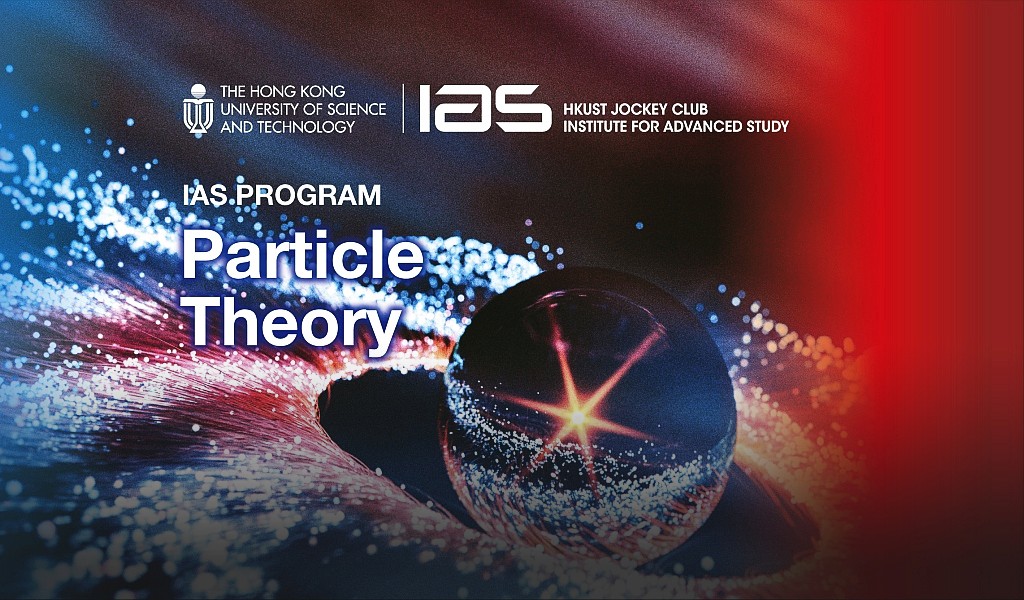Can Dark Matter be a Bose-Einstein Condensate?
Abstract:
The speaker and his collaborator consider the possibility that the dark matter, which is required to explain the dynamics of the neutral hydrogen clouds at large distances from the galactic center, could be in the form of a Bose-Einstein condensate. To study the condensate they use the non-relativistic Gross-Pitaevskii equation. By introducing the Madelung representation of the wave function, they formulate the dynamics of the system in terms of the continuity equation and of the hydrodynamic Euler equations. Hence dark matter can be described as a non-relativistic, Newtonian Bose-Einstein gravitational condensate gas, whose density and pressure are related by a barotropic equation of state. In the case of a condensate with quartic non-linearity, the equation of state is polytropic with index n=1. To test the validity of the model they fit the Newtonian tangential velocity equation of the model with a sample of rotation curves of low surface brightness and dwarf galaxies, respectively. They find a very good agreement between the theoretical rotation curves and the observational data for the low surface brightness galaxies. The deflection of photons passing through the dark matter halos is also analyzed, and the bending angle of light is computed. The bending angle obtained for the Bose-Einstein condensate is larger than that predicted by standard general relativistic and dark matter models. Therefore the study of the light deflection by galaxies and the gravitational lensing could discriminate between the Bose-Einstein condensate dark matter model and other dark matter models.
About the program
For more information, please refer to the program website at http://iasprogram.ust.hk/particle_theory.



